It’s a scorching summer day, and your outdoor garden is feeling the burn, leaves wilting, soil cracking, and flowers drooping under the relentless sun. Heatwaves can turn your lush green haven into a stressed-out mess, but don’t worry! With the right heatwave plant care tips for outdoor gardens, you can help your plants not just survive but thrive through the hottest days. Think of this as your garden’s emergency playbook, packed with practical solutions to tackle heatwave challenges. From roses to tomatoes, let’s dive into the top strategies to keep your garden cool, hydrated, and happy.
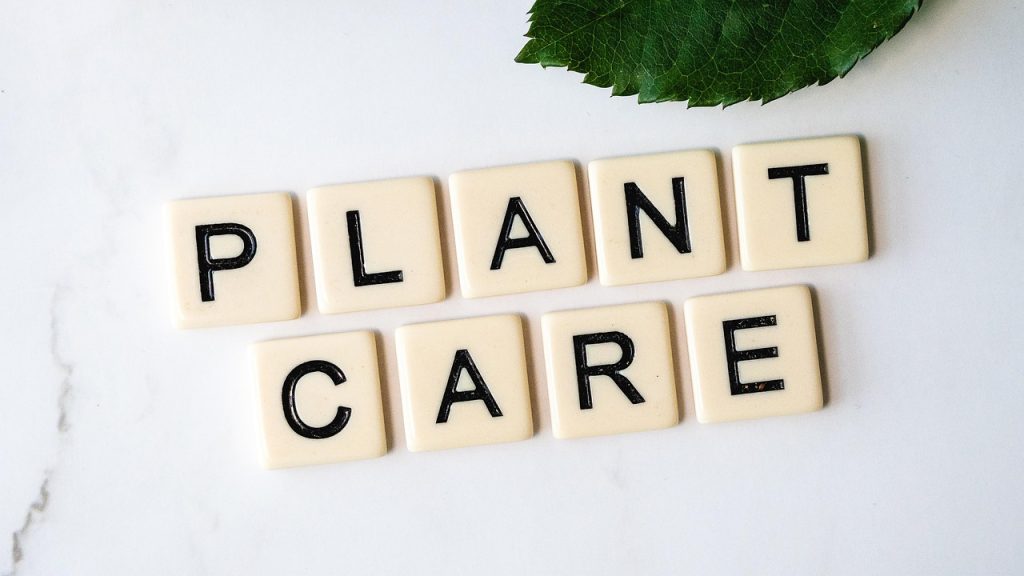
Why Heatwaves Stress Your Garden
Heatwaves, with temperatures soaring above 90°F (32°C) for days, push plants to their limits. A 2025 study from the Global Horticultural Institute notes that prolonged heat can reduce photosynthesis by 30% and cause root damage in 40% of garden plants. High heat dries out soil, scorches leaves, and stresses roots, especially for outdoor gardens exposed to sun and wind. These heatwave plant care tips for outdoor gardens will address these issues head-on, helping your plants stay resilient.
Heatwave Challenges and Solutions
This guide is your go-to plan for beating heatwave woes. Each section tackles a common problem, dry soil, wilting leaves, sunburned plants, and more, with clear, actionable heatwave plant care tips for outdoor gardens to keep your plants in top shape.
Dry, Cracked Soil
Challenge: Heatwaves suck moisture from soil faster than plants can absorb it, leaving roots thirsty and stressed.
Solutions:
- Deep watering: Water early in the morning (before 8 AM) to reduce evaporation. Use a soaker hose or drip irrigation to deliver water directly to roots, soaking 6–12 inches deep.
- Mulch it up: Spread a 2–3 inch layer of organic mulch (like bark, straw, or wood chips) around plants to lock in moisture and cool soil.
- Check soil daily: Stick a finger 2 inches into the soil. If it’s dry, water thoroughly; if moist, hold off to avoid root rot.
- Best for: Thirsty plants like hydrangeas, tomatoes, or ferns.
- Tip: Avoid shallow watering, as it encourages weak roots that suffer in heat.
Wilting Leaves
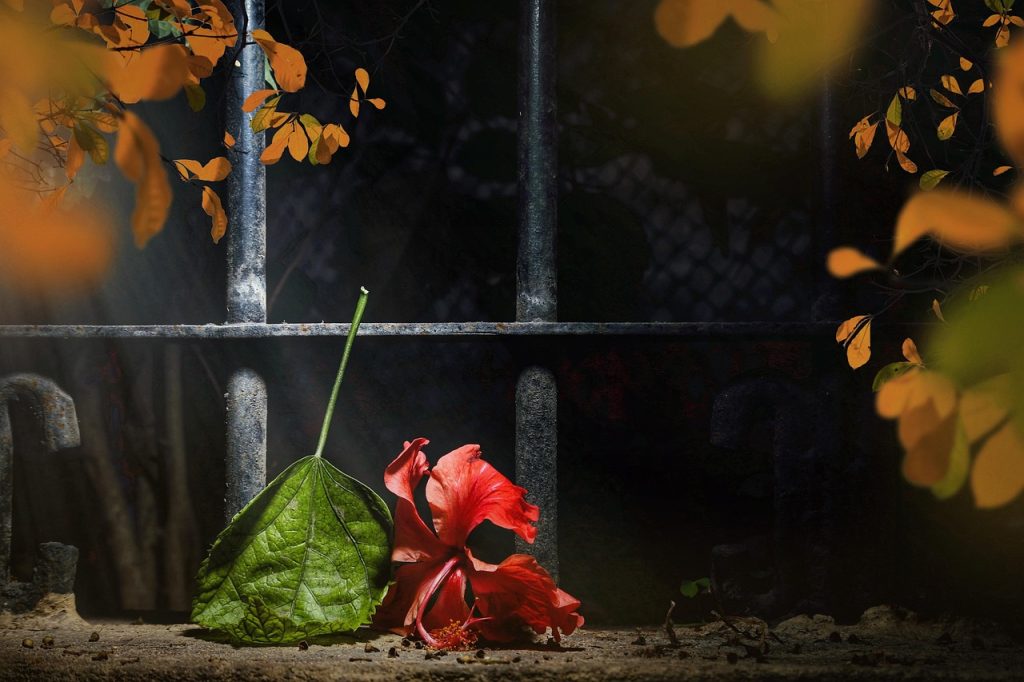
Challenge: Wilting is a plant’s cry for help, often due to heat stress or insufficient water reaching leaves.
Solutions:
- Water consistently: Water deeply every 2–3 days for most garden plants, adjusting based on soil dryness. Perennials like lavender may need less, while veggies like zucchini need more.
- Create shade: Use shade cloth (30–50% shade rating) or old bedsheets to shield delicate plants like lettuce or hostas from midday sun.
- Mist sparingly: Lightly mist leaves in the early morning to boost humidity, but avoid evening misting to prevent fungal growth.
- Best for: Delicate plants like impatiens, coleus, or young seedlings.
- Tip: If wilting persists after watering, check for root damage or pests.
Sunburned Leaves
Challenge: Intense sun scorches leaves, causing brown, crispy edges or white, bleached spots.
Solutions:
- Add temporary cover: Set up umbrellas, pergolas, or shade sails over sensitive plants like roses or camellias during peak heat (10 AM–4 PM).
- Relocate potted plants: Move container plants (e.g., citrus or geraniums) to partial shade or under trees during heatwaves.
- Apply anti-transpirants: Spray leaves with a plant-safe anti-transpirant (like Wilt-Pruf) to reduce water loss and protect from sun damage.
- Best for: Sun-sensitive plants like azaleas, begonias, or Japanese maples.
- Tip: Trim off severely scorched leaves to redirect energy to healthy growth.
Stressed Roots
Challenge: Hot soil cooks roots, especially in shallow-rooted plants or small pots, slowing growth.
Solutions:
- Cool the soil: Add a thicker mulch layer (3–4 inches) or place flat stones around plant bases to insulate roots.
- Use larger pots: For container gardens, choose pots at least 12–18 inches deep to keep roots cooler and hold more moisture.
- Avoid fertilizing: Skip fertilizer during heatwaves, as it stresses roots further. Resume in cooler weather with a balanced 10-10-10 NPK mix.
- Best for: Shallow-rooted plants like petunias, marigolds, or succulents.
- Tip: Water in the early morning to ensure roots absorb moisture before heat peaks.
Pest Outbreaks
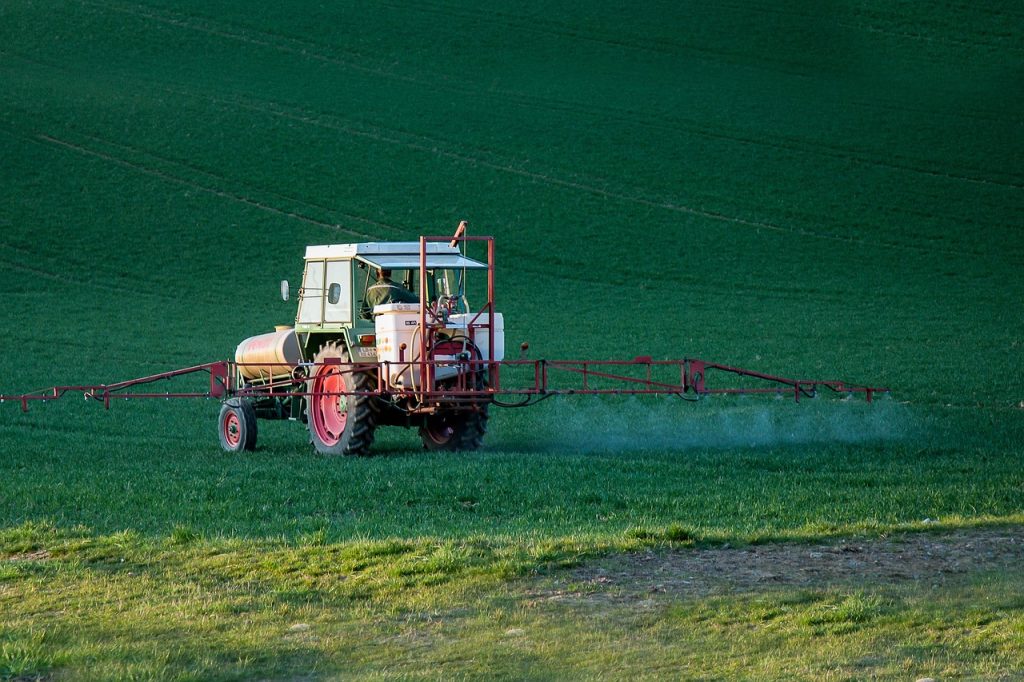
Challenge: Heatwaves attract pests like spider mites and aphids, which thrive in dry, hot conditions.
Solutions:
- Inspect regularly: Check leaves (especially undersides) weekly for tiny webs (spider mites) or sticky residue (aphids).
- Spray with neem oil: Use a neem oil solution (1 tsp per quart of water) every 5–7 days to deter pests. Spray in the evening to avoid leaf burn.
- Boost humidity: Group potted plants together or place a shallow water tray nearby to raise humidity and discourage mites.
- Best for: Vulnerable plants like roses, tomatoes, or hibiscus.
- Tip: Hose down plants with a gentle spray to knock off pests before treating.
| Heatwave Challenge | Signs to Watch | Quick Fix | Plants Most Affected |
|---|---|---|---|
| Dry Soil | Cracked, dusty soil | Deep water, mulch | Hydrangeas, tomatoes |
| Wilting Leaves | Drooping, limp foliage | Shade, consistent watering | Lettuce, hostas |
| Sunburned Leaves | Brown, crispy edges | Shade cloth, relocate pots | Roses, begonias |
| Stressed Roots | Slow growth, wilting | Mulch, larger pots | Petunias, succulents |
| Pest Outbreaks | Webs, sticky leaves | Neem oil, humidity | Roses, hibiscus |
Tailoring Care to Plant Types
Different plants in your outdoor garden have unique needs during a heatwave. Here’s how to tweak these heatwave plant care tips for outdoor gardens:
- Vegetables (e.g., tomatoes, peppers): Water daily in extreme heat, use shade cloth for young plants, and mulch heavily to retain moisture.
- Flowers (e.g., roses, marigolds): Mist leaves lightly in the morning and provide afternoon shade to prevent petal scorch.
- Shrubs (e.g., azaleas, lavender): Water deeply every 3–4 days and add mulch to protect roots from heat stress.
- Trees (e.g., Japanese maple, citrus): Focus on deep root watering and temporary shade for young or potted trees.
- Tip: Group plants with similar water needs together to streamline care.
Seasonal Heatwave Strategies
Heatwaves hit hardest in summer, but preparation and recovery are key year-round:
- Pre-heatwave (spring): Plant heat-tolerant varieties like lavender, salvia, or yucca, and improve soil with compost for better water retention.
- During heatwave (summer): Prioritize morning watering, shade, and mulch to reduce stress. Avoid pruning or transplanting, as it shocks plants.
- Post-heatwave (fall): Trim damaged leaves, water deeply to aid recovery, and add a slow-release fertilizer to rebuild strength.
- Tip: Keep a garden journal to track heatwave impacts and refine your care routine.
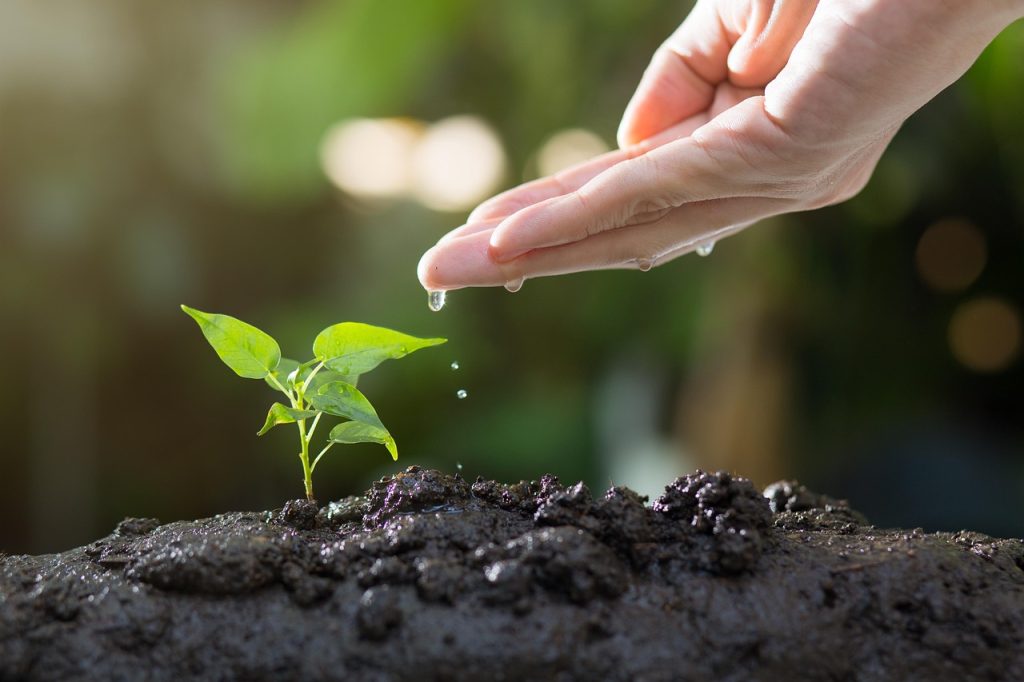
Tools to Make Heatwave Care Easier
These tools will simplify your heatwave plant care tips for outdoor gardens:
- Soaker hose: Delivers water directly to roots, saving time and reducing waste.
- Shade cloth: Blocks 30–50% of sunlight to protect delicate plants.
- Moisture meter: Checks soil dryness to prevent over- or under-watering.
- Neem oil spray: Fights pests without harming plants, ideal for heatwave outbreaks.
- Mulch (bark or straw): Keeps soil cool and moist, reducing watering needs.
Avoiding Common Heatwave Mistakes
Steer clear of these pitfalls to keep your garden thriving:
- Watering at midday: Evaporation wastes water; stick to early morning or evening.
- Ignoring mulch: Bare soil heats up fast, stressing roots. Always mulch!
- Over-fertilizing: Heat-stressed plants can’t handle extra nutrients; pause feeding.
- Skipping pest checks: Heatwave pests spread fast, inspect plants weekly.
- Tip: Set a daily reminder to check soil and plants during heatwaves.
Recovering After a Heatwave
Once the heatwave passes, help your garden bounce back:
- Assess damage: Trim scorched or dead leaves to encourage new growth.
- Rehydrate slowly: Water deeply over a few days to avoid shocking roots.
- Check for pests: Look for lingering spider mites or aphids and treat promptly.
- Add nutrients: Apply a diluted liquid fertilizer (e.g., 5-10-10 NPK) to support recovery.
- Tip: Be patient, most plants recover with consistent care post-heatwave.
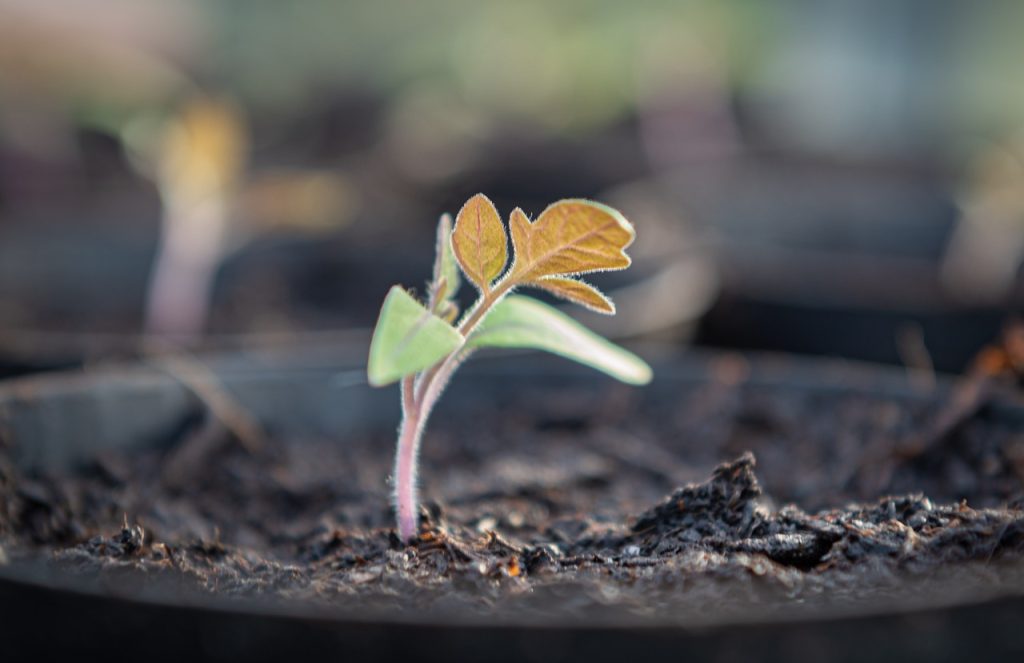
FAQs About Heatwave Plant Care Tips for Outdoor Gardens
Water every 2–3 days for most plants, checking soil dryness first. Veggies like tomatoes may need daily watering in extreme heat.
Avoid ice—it can shock roots. Instead, use shade cloth or mulch to keep soil and plants cool.
Heat-tolerant plants like lavender, salvia, yucca, or succulents thrive with minimal extra care.
Move pots to partial shade, water more frequently, and add mulch to keep roots cool.
Inspect weekly, spray neem oil for pests like spider mites, and boost humidity around plants.
Your Garden’s Heatwave Survival Plan
When a heatwave hits, your outdoor garden needs a little extra love to stay vibrant. These heatwave plant care tips for outdoor gardens, deep watering, shading, mulching, pest control, and root protection, are your toolkit for beating the heat. Whether you’re nurturing roses, veggies, or shrubs, act fast to keep soil moist, leaves shaded, and pests at bay. With these simple strategies, your garden will come through the hottest days looking lush and ready to shine, turning your outdoor space into a thriving oasis no matter the temperature.